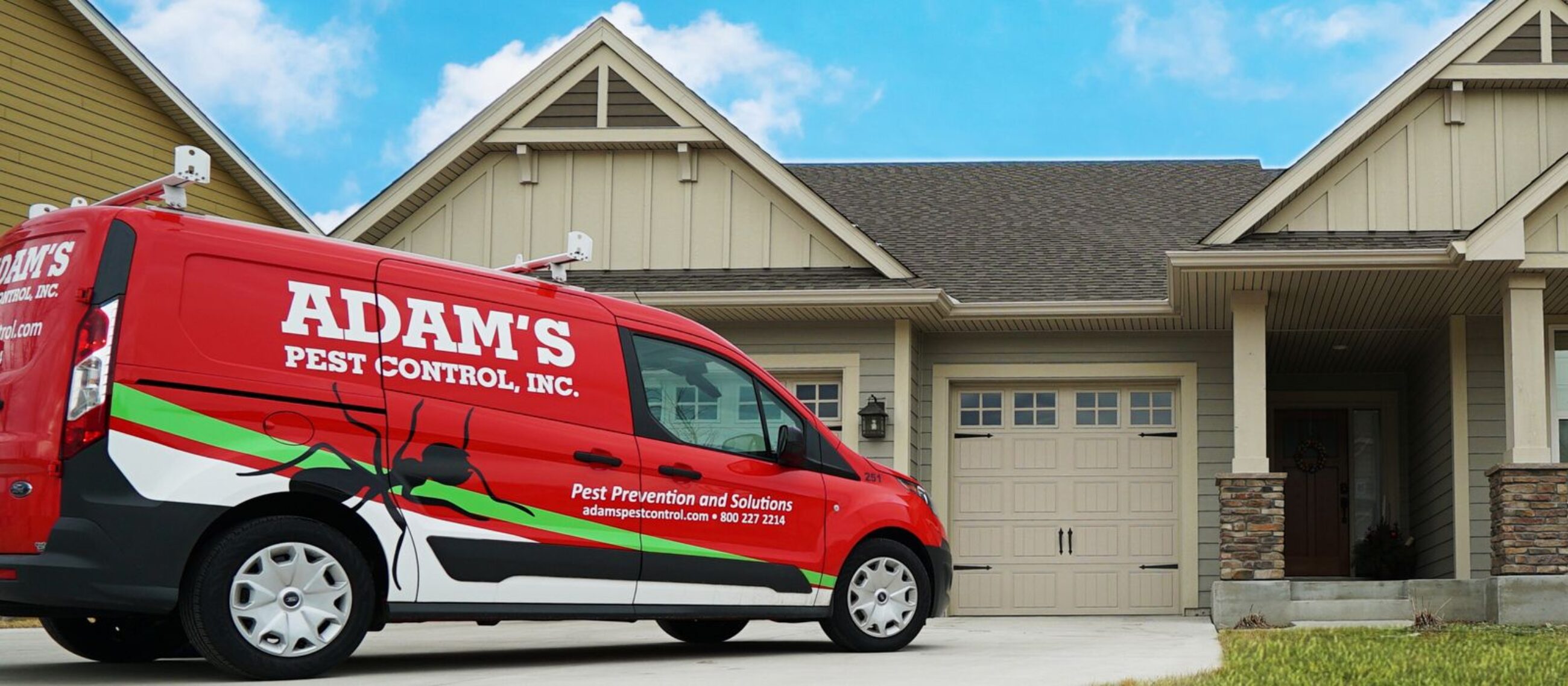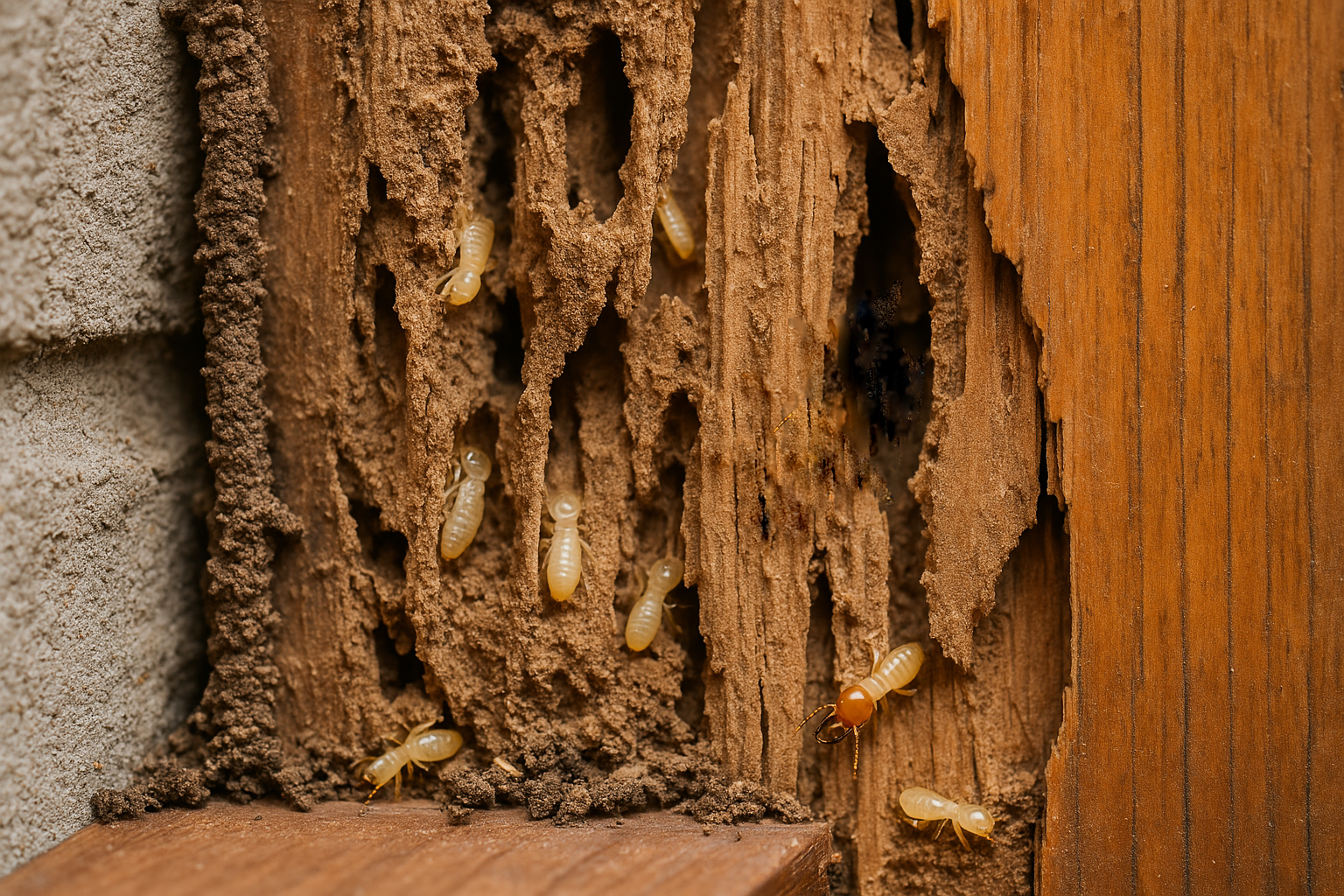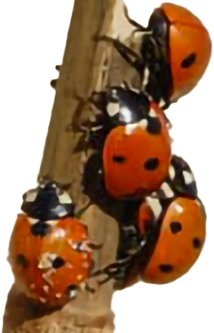If you do an internet search for remedies to get rid of lice, you will go down a labyrinth of solutions. Everyone has DIY solutions and home remedies, but few are effective and none get to the root of the problem. Treating lice requires more than bleach, heat and apple cider vinegar solutions. When you need to learn how to get rid of lice, there is only one solution that works.
What is Lice?
Lice is a bug that requires a human host. It cannot live without it. There are three different types of lice that feed on humans:
Lice are visible to the naked eye, and digging or scratching is also a good sign of lice. All three types of lice look similar when inspecting the body and head. Head lice and body lice have similar features, but the bodies of head lice are longer and all six legs are the same size. Pubic lice are short and squat. The body is wide as it is long, and the second and third set of legs on pubic lice are thicker than the first.
Head louse nits, which are lice eggs, are attached to the base of the hair shaft. Nits are oval-shaped eggs that are usually no more than one-fourth of an inch long and are yellow or white in color. A female louse can lay 50 to 150 eggs in her lifetime on a human host. Once the eggs are attached to the hair at the base of the scalp, they can hatch in as early as 5 days. In 2 to 3 weeks, they are full adults.
What are the Dangers of Lice?
Lice is more of a health risk than just thinking of it as a kid coming home with an itchy head. Lice don’t transmit disease, but they do infest quickly and can become a problem in schools, hospitals, and emergency rooms.
Perhaps one of the worst things about lice is the scratching they invoke. Persistent scratching at the lice can cause sores and lead to secondary bacterial infections.
How to Get Rid of Lice
No one is immune to head lice, regardless of their hygiene and living situations. Everyday habits and activities can expose anyone to lice. Lice is transmitted from one host to another in many ways:
Lice require a human host so they can feed on their blood, which is why chemical and heat treatments won’t work and are not recommended for getting rid of head lice, pubic lice, and body lice. If you think you have lice, you must control, manage and treat.
To control head lice, encourage children not to share hair brushes, clothing, etc. If you suspect you have pubic lice, do not have sexual contact with anyone and visit your doctor right away for a lotion that contains an insecticide. To get rid of head lice, buy a medicated shampoo and use the nit comb to get the babies out. ALERT: Natural remedies do not get rid of or reduce the presence of lice. Also, washing the hair often or cutting it will not get rid of head lice.
If someone has body, head, or pubic lice, clothing, bedding and other materials MUST BE washed in hot water that is above 125 degrees. If this can’t be done, then they must go to the dry cleaners. The best way to prevent and get rid of lice is to stop it from transferring to others.




